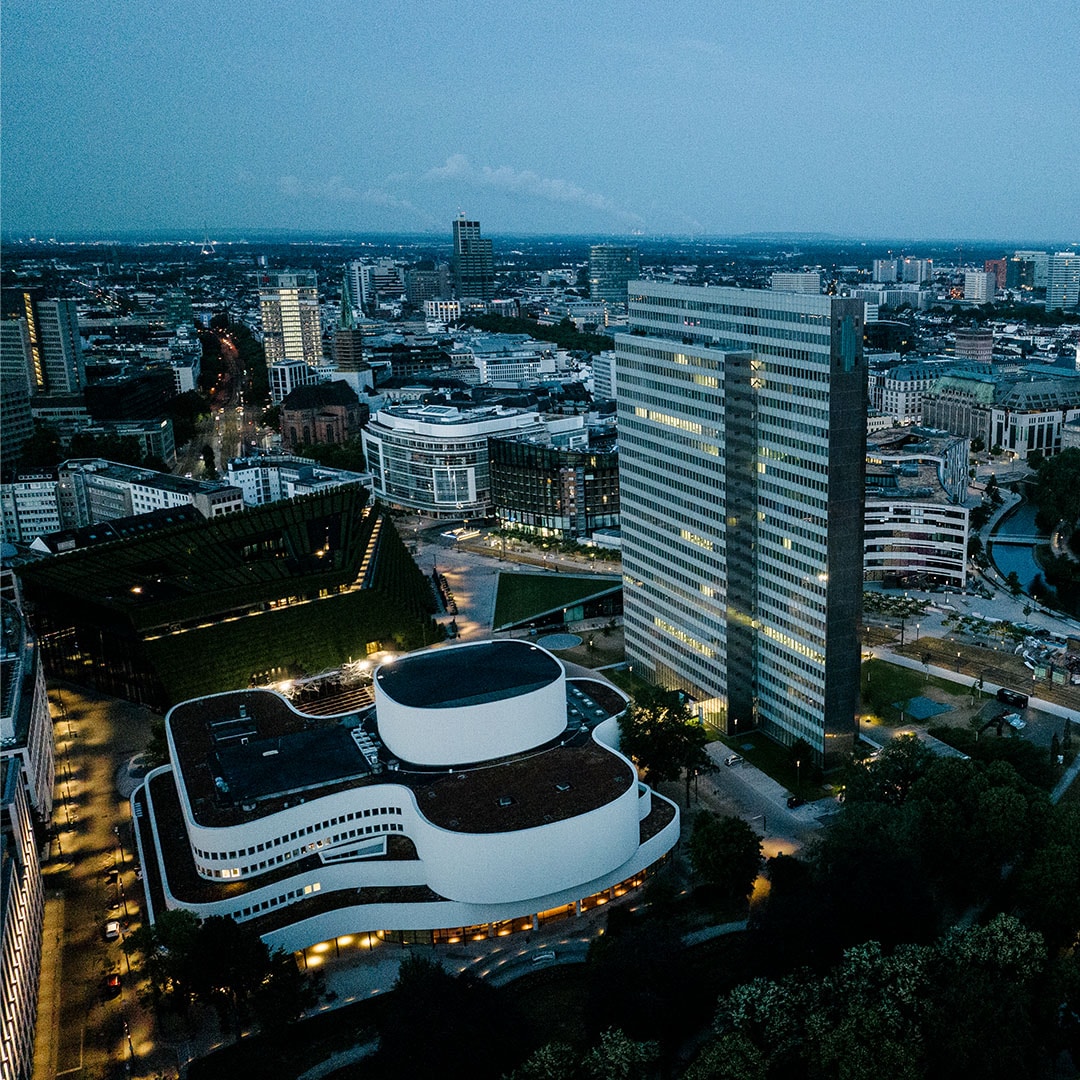Key elements of the revised EPBD include:

Properly managed lighting ensures that building occupants can perform tasks comfortably, navigate spaces safely and identify potential hazards. Lighting can also play a vital role in regulating circadian rhythms, promoting better sleep patterns, and enhancing mood and alertness during the day.
Signify offers solutions today that help building owners comply with both the energy-efficiency and the health and well-being requirements of the EPBD. These include the industry’s most energy-efficient luminaires, circadian lighting solutions for offices and healthcare, and UV-C lighting for air disinfection. All of these offerings can be centrally coordinated with Interact, which offers an IoT-enabled infrastructure that integrates with other energy-efficient building systems and serves as a platform for deploying sensors throughout the lit environment. This in turn helps to satisfy the EPBD requirements on data collection and reporting.
Integrated & Marketing Communications Signify UK&I
Claire Phillips
Tel: +44 (0) 7956 489081
Email: tom.lodge@signify.com
Signify (Euronext: LIGHT) is the world leader in lighting for professionals, consumers and the Internet of Things. Our Philips products, Interact systems and data-enabled services, deliver business value and transform life in homes, buildings and public spaces. In 2023, we had sales of EUR 6.7 billion, approximately 32,000 employees and a presence in over 70 countries. We unlock the extraordinary potential of light for brighter lives and a better world. We have been in the Dow Jones Sustainability World Index since our IPO for seven consecutive years and have achieved the EcoVadis Platinum rating for four consecutive years, placing Signify in the top one percent of companies assessed. News from Signify can be found in the Newsroom, on X, LinkedIn and Instagram. Information for investors is located on the Investor Relations page.
